Elmar W. Lang
Quantitative probing: Validating causal models using quantitative domain knowledge
Sep 07, 2022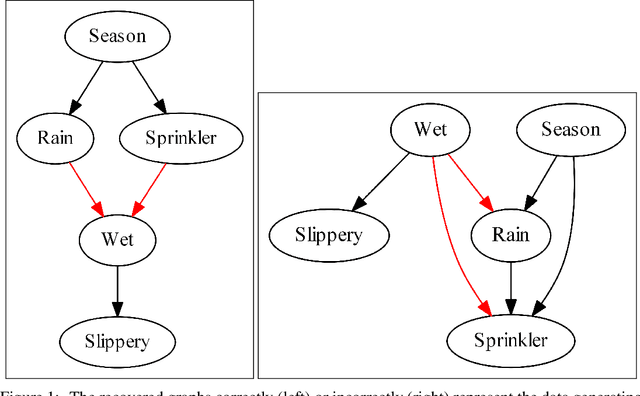

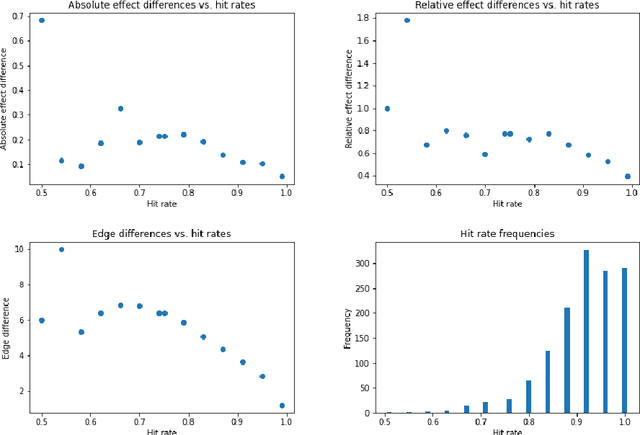

Abstract:We present quantitative probing as a model-agnostic framework for validating causal models in the presence of quantitative domain knowledge. The method is constructed as an analogue of the train/test split in correlation-based machine learning and as an enhancement of current causal validation strategies that are consistent with the logic of scientific discovery. The effectiveness of the method is illustrated using Pearl's sprinkler example, before a thorough simulation-based investigation is conducted. Limits of the technique are identified by studying exemplary failing scenarios, which are furthermore used to propose a list of topics for future research and improvements of the presented version of quantitative probing. The code for integrating quantitative probing into causal analysis, as well as the code for the presented simulation-based studies of the effectiveness of quantitative probing is provided in two separate open-source Python packages.
Modeling Spatio-Temporal Dynamics in Brain Networks: A Comparison of Graph Neural Network Architectures
Dec 08, 2021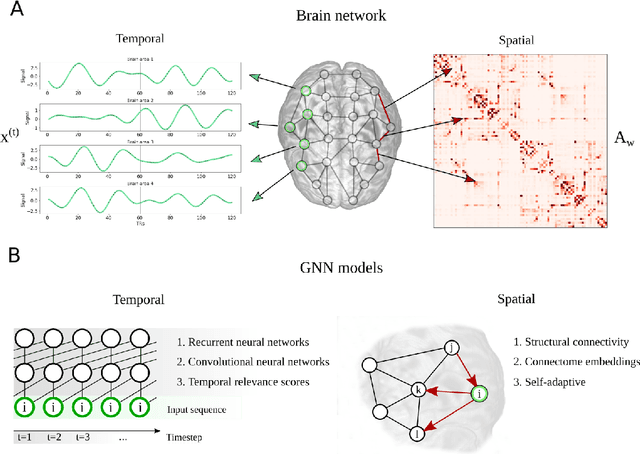

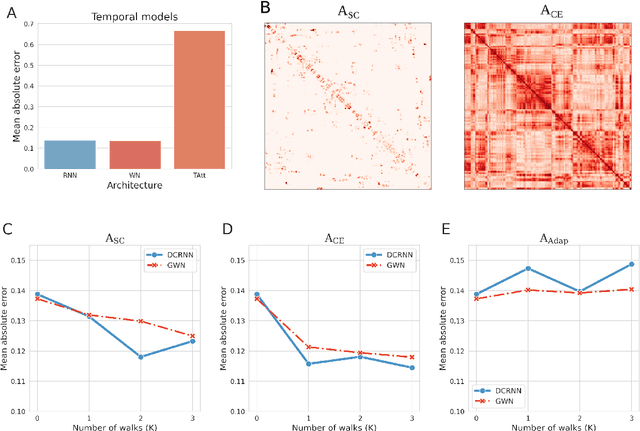

Abstract:Comprehending the interplay between spatial and temporal characteristics of neural dynamics can contribute to our understanding of information processing in the human brain. Graph neural networks (GNNs) provide a new possibility to interpret graph structured signals like those observed in complex brain networks. In our study we compare different spatio-temporal GNN architectures and study their ability to replicate neural activity distributions obtained in functional MRI (fMRI) studies. We evaluate the performance of the GNN models on a variety of scenarios in MRI studies and also compare it to a VAR model, which is currently predominantly used for directed functional connectivity analysis. We show that by learning localized functional interactions on the anatomical substrate, GNN based approaches are able to robustly scale to large network studies, even when available data are scarce. By including anatomical connectivity as the physical substrate for information propagation, such GNNs also provide a multimodal perspective on directed connectivity analysis, offering a novel possibility to investigate the spatio-temporal dynamics in brain networks.
A Graph Neural Network Framework for Causal Inference in Brain Networks
Oct 14, 2020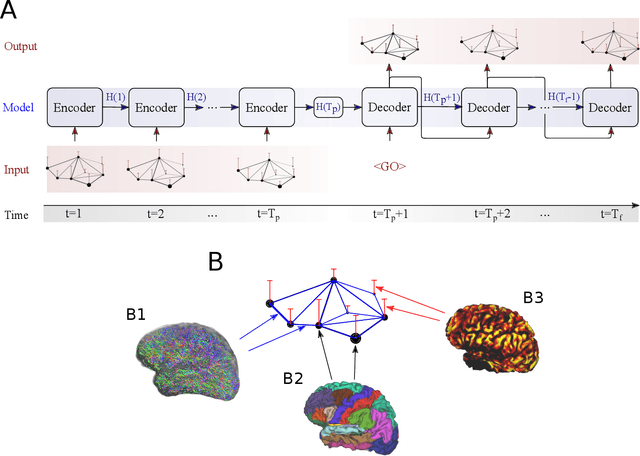

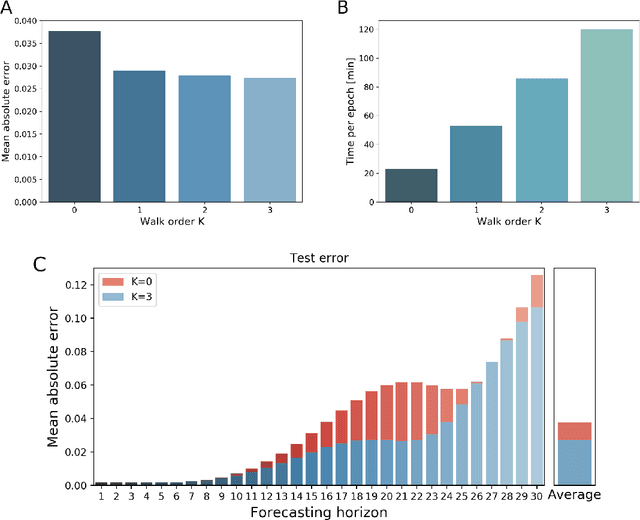
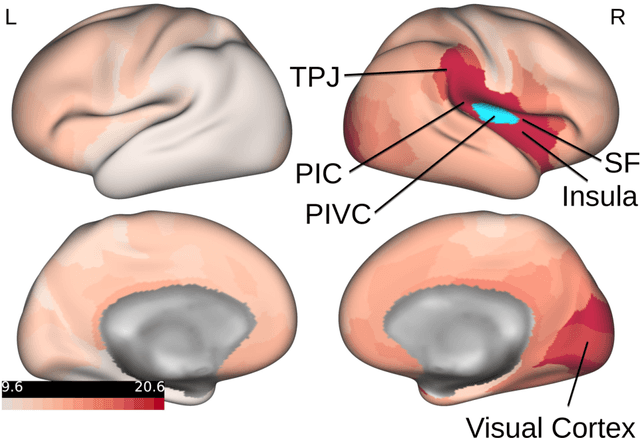
Abstract:A central question in neuroscience is how self-organizing dynamic interactions in the brain emerge on their relatively static structural backbone. Due to the complexity of spatial and temporal dependencies between different brain areas, fully comprehending the interplay between structure and function is still challenging and an area of intense research. In this paper we present a graph neural network (GNN) framework, to describe functional interactions based on the structural anatomical layout. A GNN allows us to process graph-structured spatio-temporal signals, providing a possibility to combine structural information derived from diffusion tensor imaging (DTI) with temporal neural activity profiles, like observed in functional magnetic resonance imaging (fMRI). Moreover, dynamic interactions between different brain regions learned by this data-driven approach can provide a multi-modal measure of causal connectivity strength. We assess the proposed model's accuracy by evaluating its capabilities to replicate empirically observed neural activation profiles, and compare the performance to those of a vector auto regression (VAR), like typically used in Granger causality. We show that GNNs are able to capture long-term dependencies in data and also computationally scale up to the analysis of large-scale networks. Finally we confirm that features learned by a GNN can generalize across MRI scanner types and acquisition protocols, by demonstrating that the performance on small datasets can be improved by pre-training the GNN on data from an earlier and different study. We conclude that the proposed multi-modal GNN framework can provide a novel perspective on the structure-function relationship in the brain. Therewith this approach can be promising for the characterization of the information flow in brain networks.
Parameterized Reinforcement Learning for Optical System Optimization
Oct 09, 2020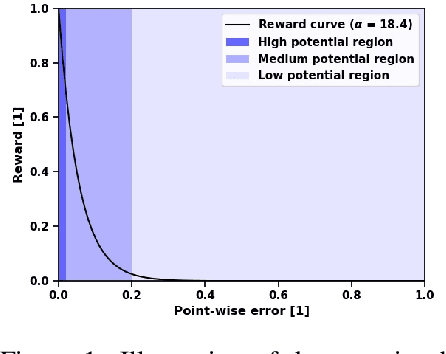

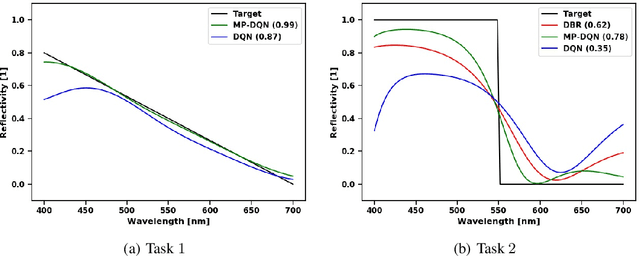
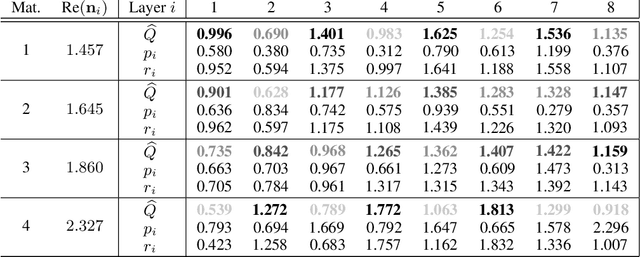
Abstract:Designing a multi-layer optical system with designated optical characteristics is an inverse design problem in which the resulting design is determined by several discrete and continuous parameters. In particular, we consider three design parameters to describe a multi-layer stack: Each layer's dielectric material and thickness as well as the total number of layers. Such a combination of both, discrete and continuous parameters is a challenging optimization problem that often requires a computationally expensive search for an optimal system design. Hence, most methods merely determine the optimal thicknesses of the system's layers. To incorporate layer material and the total number of layers as well, we propose a method that considers the stacking of consecutive layers as parameterized actions in a Markov decision process. We propose an exponentially transformed reward signal that eases policy optimization and adapt a recent variant of Q-learning for inverse design optimization. We demonstrate that our method outperforms human experts and a naive reinforcement learning algorithm concerning the achieved optical characteristics. Moreover, the learned Q-values contain information about the optical properties of multi-layer optical systems, thereby allowing physical interpretation or what-if analysis.
Learning intuitive physics and one-shot imitation using state-action-prediction self-organizing maps
Jul 03, 2020
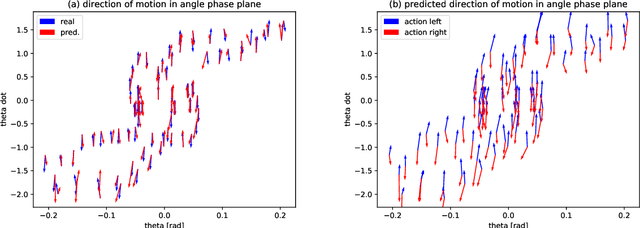
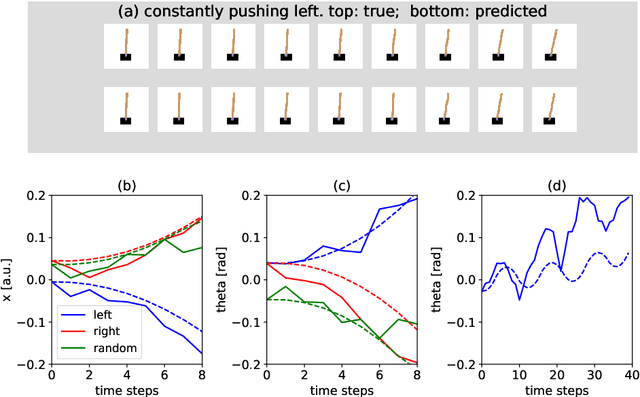
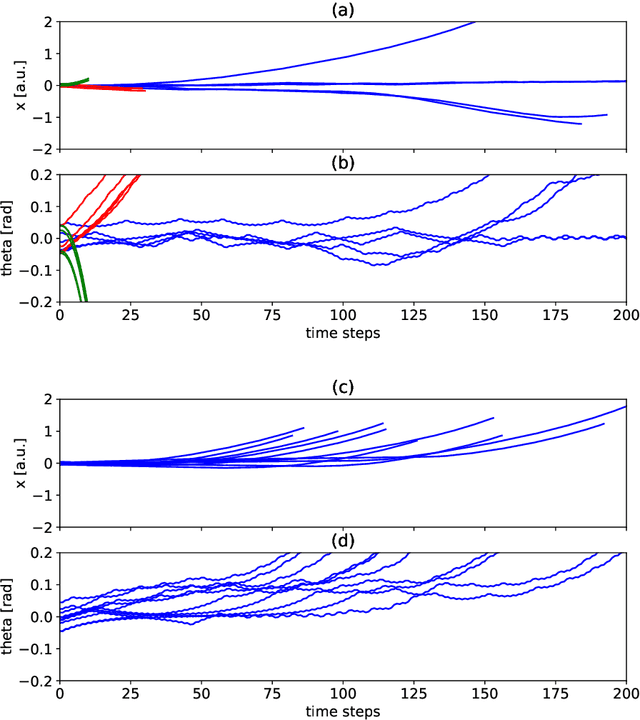
Abstract:Human learning and intelligence work differently from the supervised pattern recognition approach adopted in most deep learning architectures. Humans seem to learn rich representations by exploration and imitation, build causal models of the world, and use both to flexibly solve new tasks. We suggest a simple but effective unsupervised model which develops such characteristics. The agent learns to represent the dynamical physical properties of its environment by intrinsically motivated exploration, and performs inference on this representation to reach goals. For this, a set of self-organizing maps which represent state-action pairs is combined with a causal model for sequence prediction. The proposed system is evaluated in the cartpole environment. After an initial phase of playful exploration, the agent can execute kinematic simulations of the environment's future, and use those for action planning. We demonstrate its performance on a set of several related, but different one-shot imitation tasks, which the agent flexibly solves in an active inference style.
Electricity Load Forecasting -- An Evaluation of Simple 1D-CNN Network Structures
Nov 26, 2019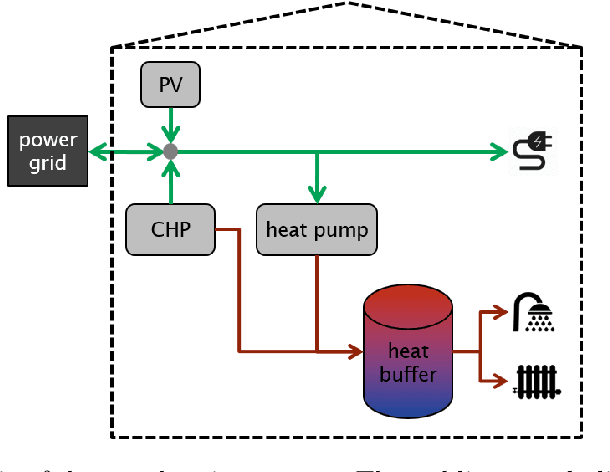
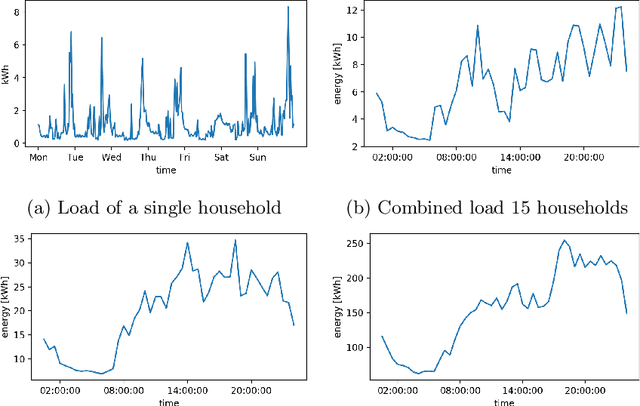
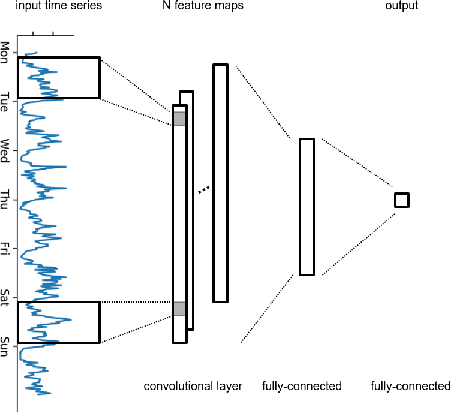
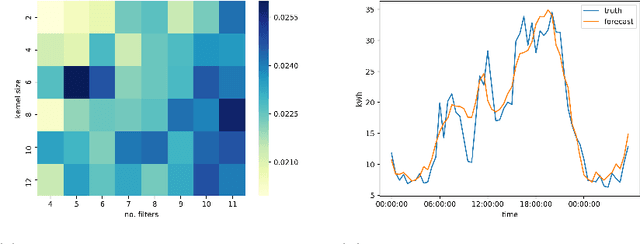
Abstract:This paper presents a convolutional neural network (CNN) which can be used for forecasting electricity load profiles 36 hours into the future. In contrast to well established CNN architectures, the input data is one-dimensional. A parameter scanning of network parameters is conducted in order to gain information about the influence of the kernel size, number of filters, and dense size. The results show that a good forecast quality can already be achieved with basic CNN architectures.The method works not only for smooth sum loads of many hundred consumers, but also for the load of apartment buildings.
* Presented at the ITISE 2019 in Granada
A constrained ICA-EMD Model for Group Level fMRI Analysis
Mar 22, 2019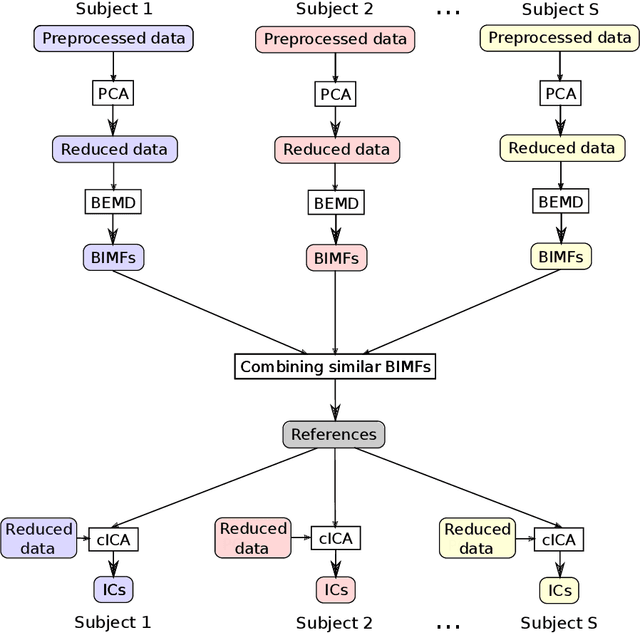
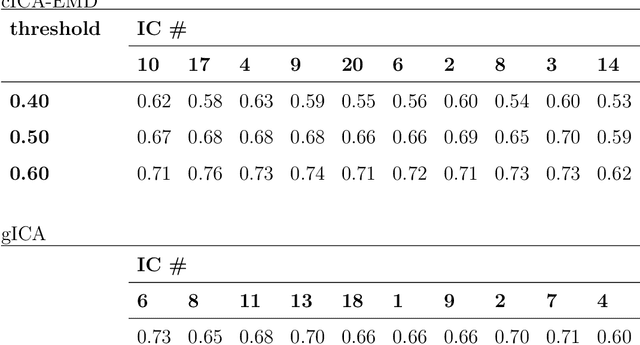


Abstract:Independent component analysis (ICA), as a data driven method, has shown to be a powerful tool for functional magnetic resonance imaging (fMRI) data analysis. One drawback of this multivariate approach is, that it is not compatible to the analysis of group data in general. Therefore various techniques have been proposed in order to overcome this limitation of ICA. In this paper a novel ICA-based work-flow for extracting resting state networks from fMRI group studies is proposed. An empirical mode decomposition (EMD) is used to generate reference signals in a data driven manner, which can be incorporated into a constrained version of ICA (cICA), what helps to eliminate the inherent ambiguities of ICA. The results of the proposed workflow are then compared to those obtained by a widely used group ICA approach for fMRI analysis. In this paper it is demonstrated that intrinsic modes, extracted by EMD, are suitable to serve as references for cICA to obtain typical resting state patterns, which are consistent over subjects. By introducing these reference signals into the ICA, our processing pipeline makes it transparent for the user, how comparable activity patterns across subjects emerge. This additionally allows adapting the trade-off between enforcing similarity across subjects and preserving individual subject features.
 Add to Chrome
Add to Chrome Add to Firefox
Add to Firefox Add to Edge
Add to Edge